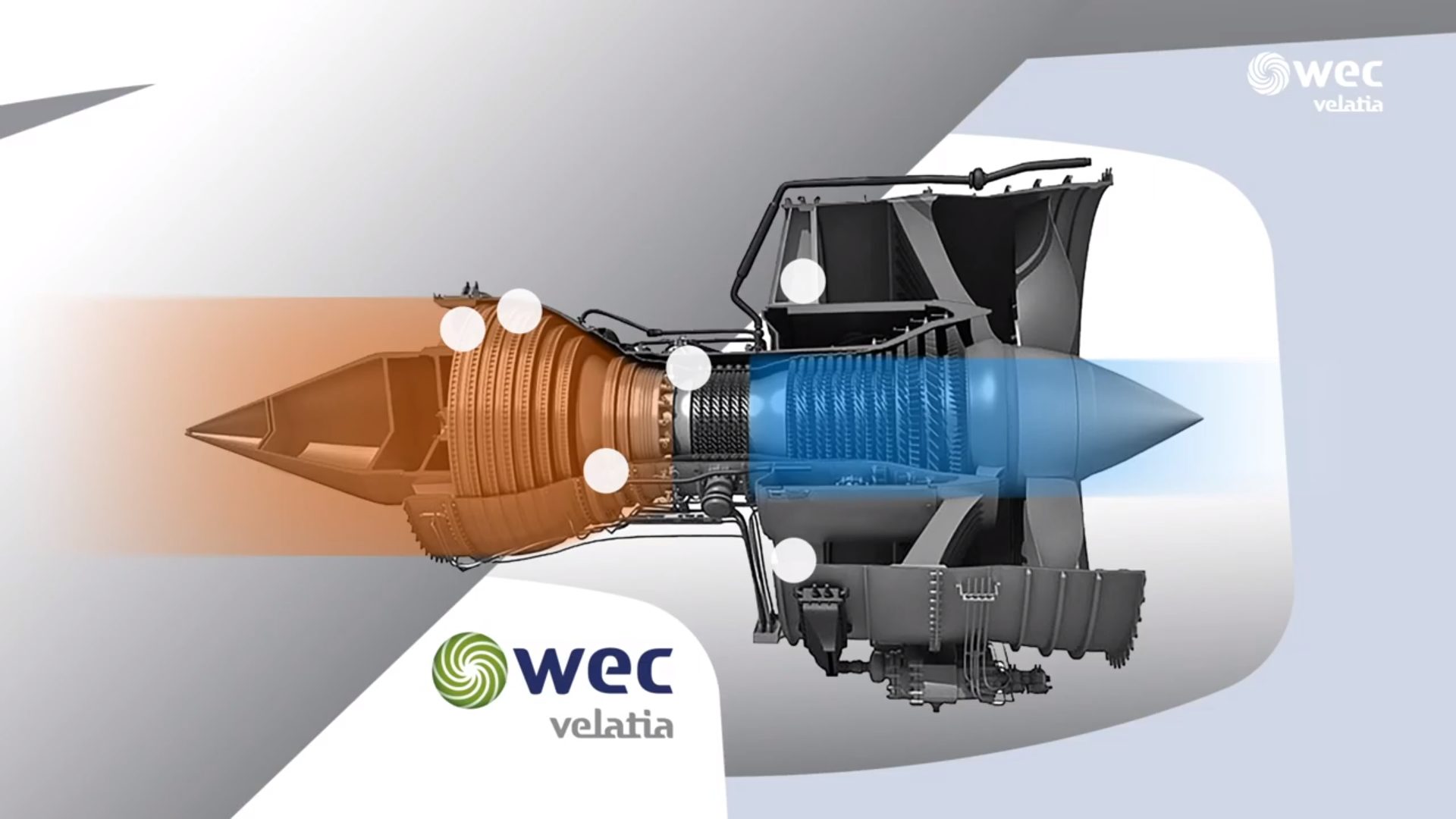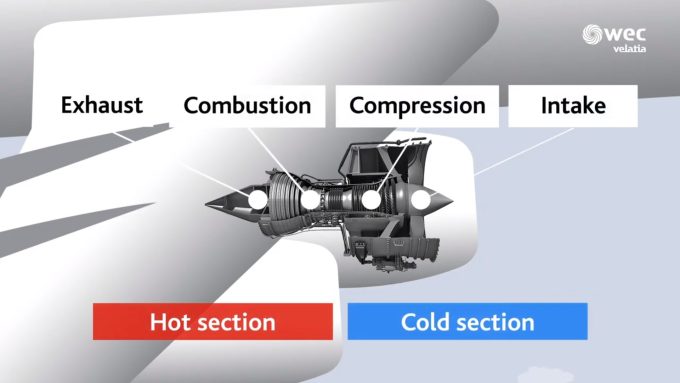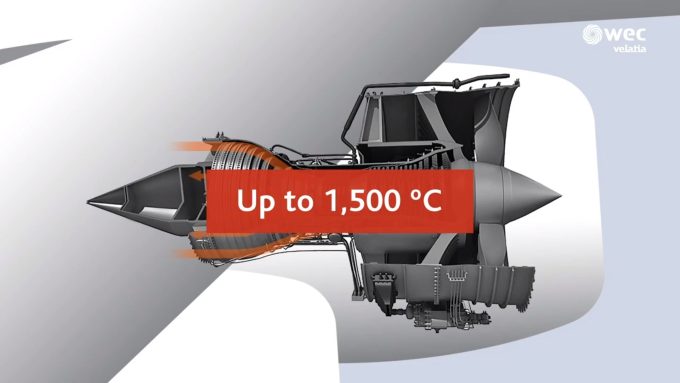
Over 30,000,000 planes take off around the world every year, and the number is still rising. But do you know how an aeroplane’s jet engine works?
Whether for a happy event, such as a dream holiday, or due to work commitments, everybody will take a plane at some point in their lives. You may be scared of flying, or you may love this feeling that humans have pursued since the beginning of time, but at some point you will no doubt have wondered how the jet engine –that fascinating machine that is capable of transporting us quickly anywhere around the world– actually works.
Being a purist, the true question would be how an aeroplane’s reaction engine works. The commercial aeroplane we have come to know –yes, the one where you have to fight if you don’t check in your suitcase– works in the vast majority of cases through a jet engine. Sound interesting? Well, this is just the beginning. Read on, and today we will explain how we have been able to achieve the Wright Brothers’ dream: flying.
Why does a plane fly?
The aeronautical sector is one of the most demanding and rigorous human activities when it comes to manufacturing the parts that make up an aircraft, but how complex is the reason why such a heavy machine is capable of taking flight? It is indeed highly complex, but, just like everything in this life, it has a rational, simple explanation.
Imagine we take a balloon full of air and untie the knot. What is the result? The air trapped inside the balloon seeks to exit abruptly through the open end of the balloon, causing it to fly off in any direction. Yes, dear reader, this is just how an aeroplane’s jet engine works, namely by means of a current of air that comes out through the rear of the engine.
By now, you will have realised that it is a little more complex than that, and that we have to dig a little deeper if we really want to know why a plane flies. Here we go.
The main blocks of a jet engine
A conventional jet engine is divided into four large blocks: intake, compression, power, and exhaust.

A large propeller at the front (intake) absorbs the air and drives it to the inside and around the outside of the engine, surrounding the core of the turbine. It is through this core (located, logically, right in the centre of the engine) that the air advances towards the compressor.
Remember our beloved balloon? The air that reaches the compression zone is severely pressed, just like when pressing a balloon, and delivered to the combustion chamber, where it mixes with the engine fuel. Imagine a great current of hot air expanding massively inside a sealtight chamber, creating a high-speed jet that is launched towards the back of the aeroplane’s engine, causing it to take off in a forward movement.
The greater the speed, the greater the engine’s thrust. At this moment, when the temperature of our jet engine reaches (just!) 1500 degrees Celsius, the parts demonstrate their quality in meeting the demands they are subjected to. Nothing can go wrong.

The jet of hot air also turns the plane’s turbine, connected to the front of the engine by a shaft. It works in the same way as a windmill. Think of each blade of this high-pressure turbine pushing with a force similar to that of a Formula 1 race car.
Excess hot air is released at high speed from the back of the engine (exhaust), generating the energy needed for the plane to reach its destination on time. That’s how a plane flies.
If, after all this, you still have not figured out how a jet engine works, don’t worry. This video is sure to clear up any questions:


